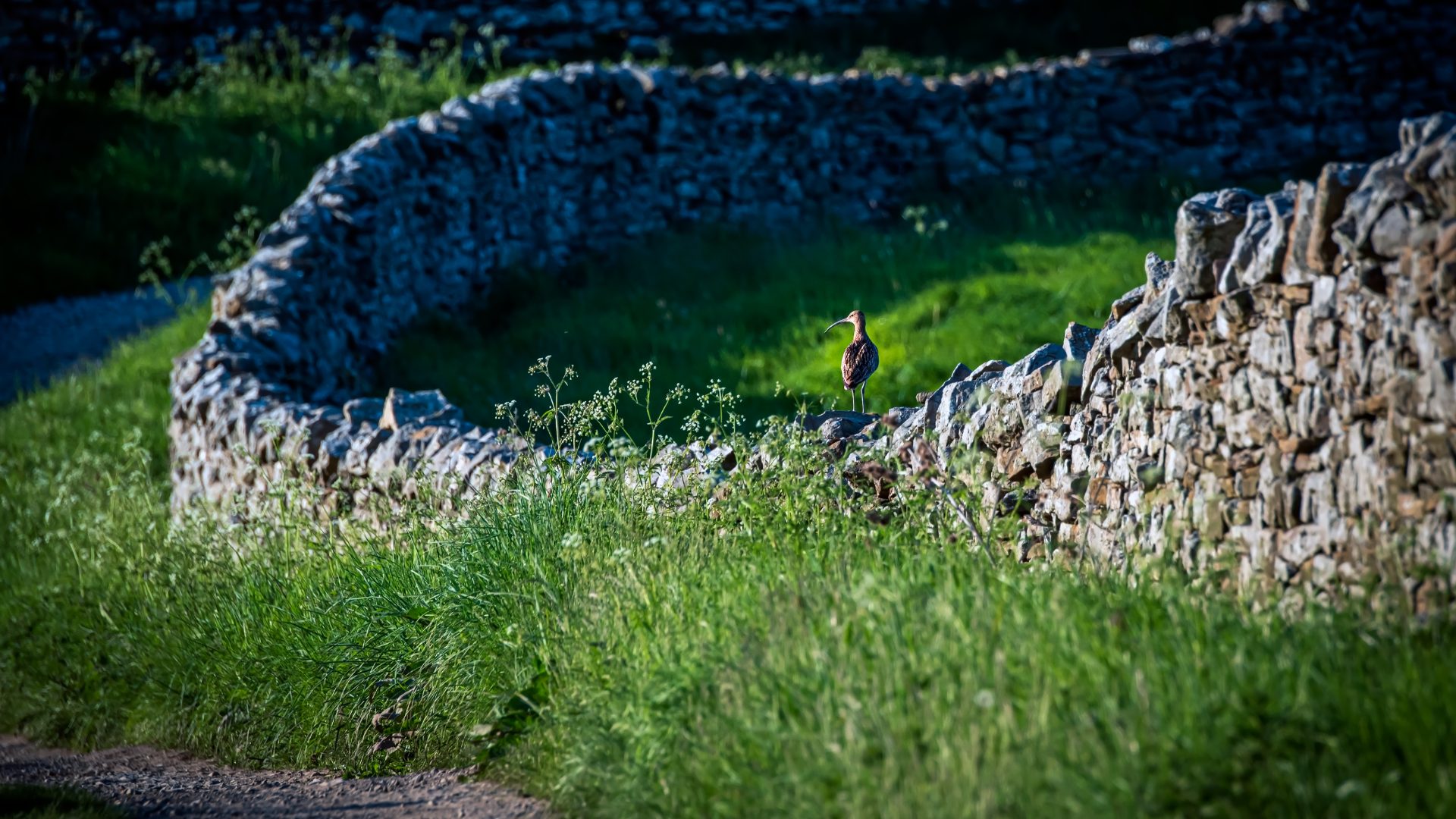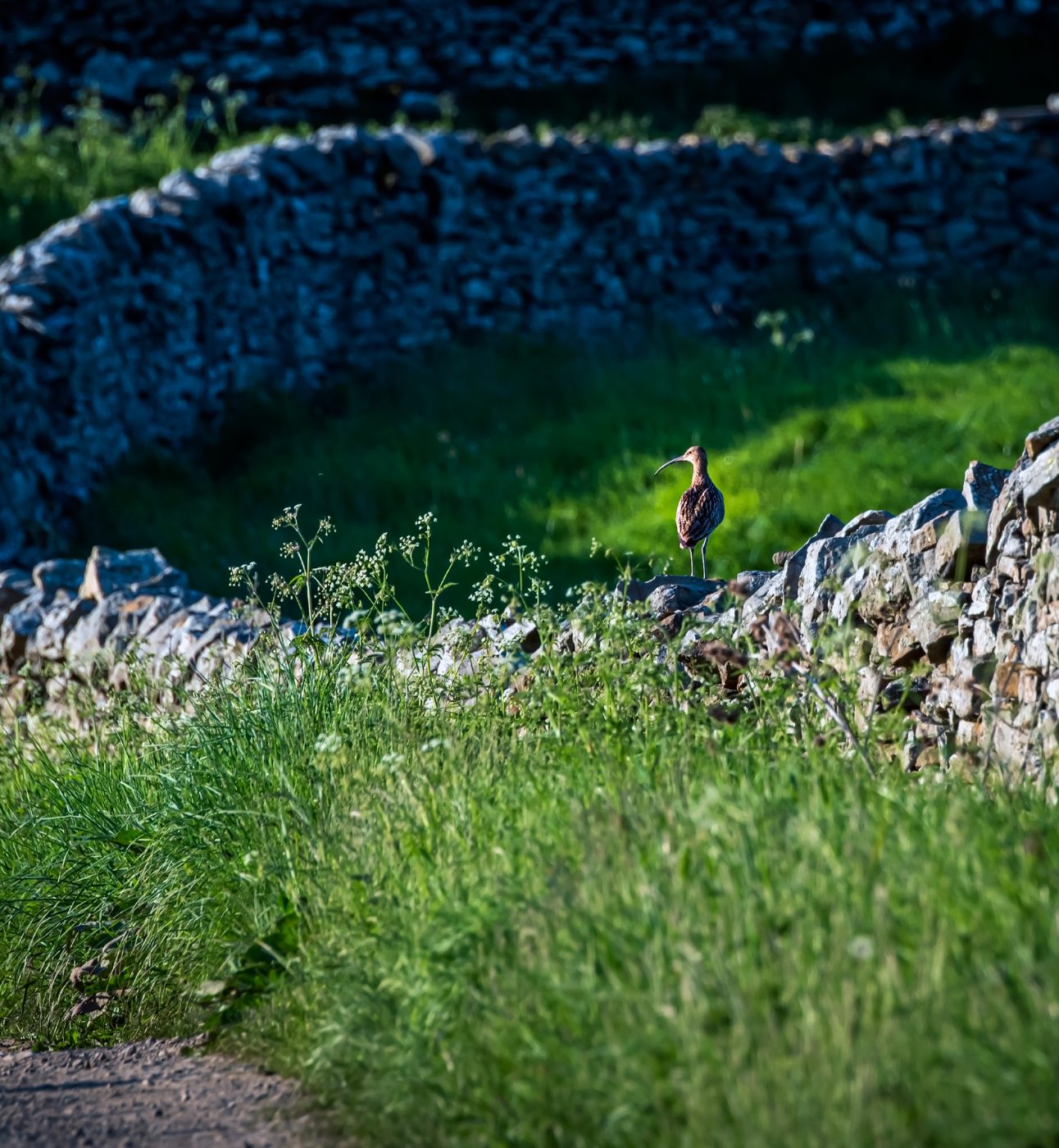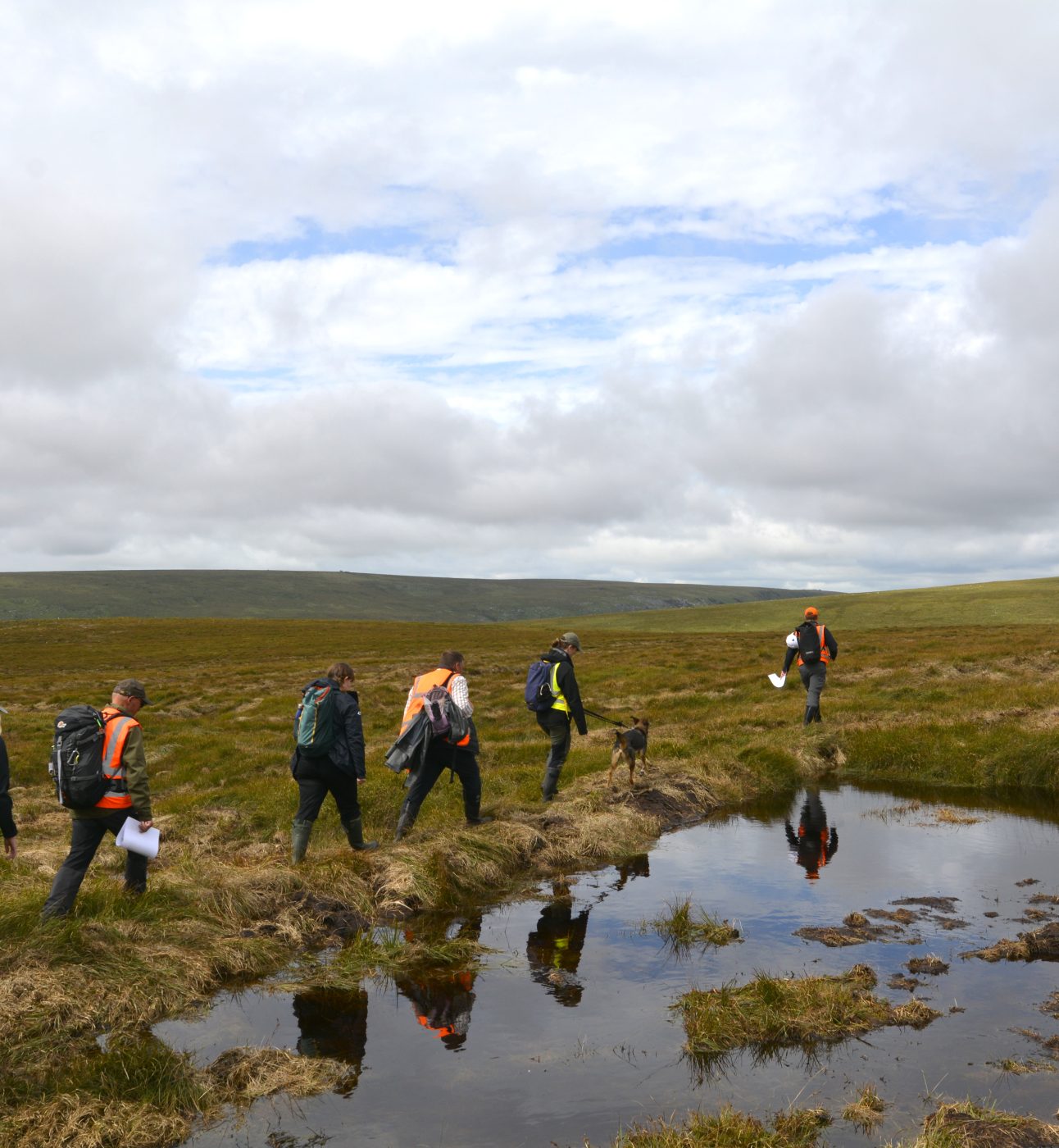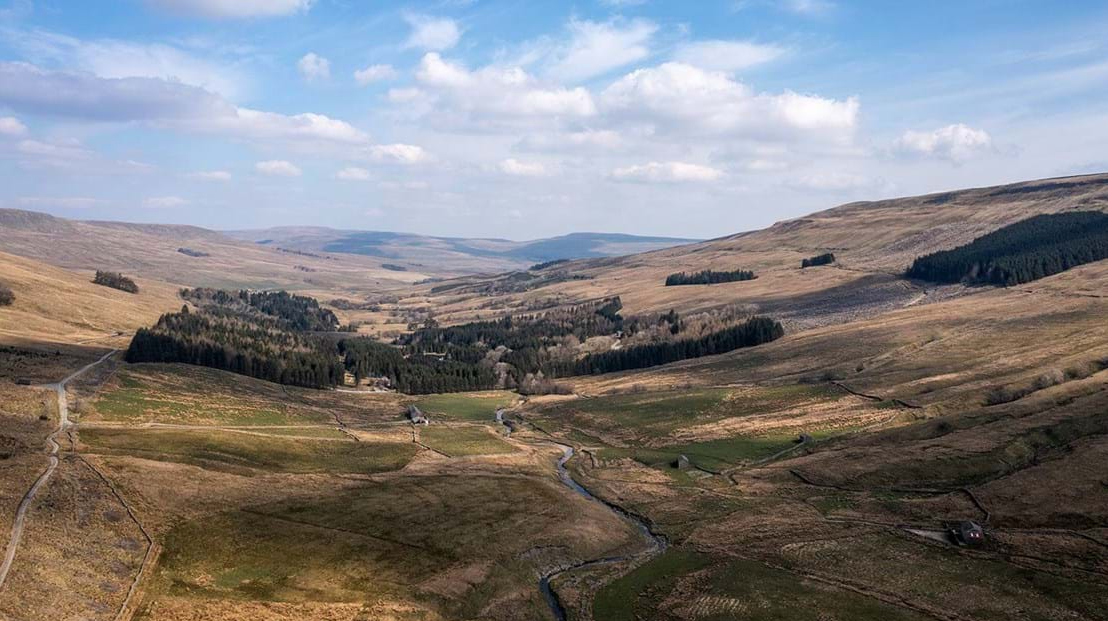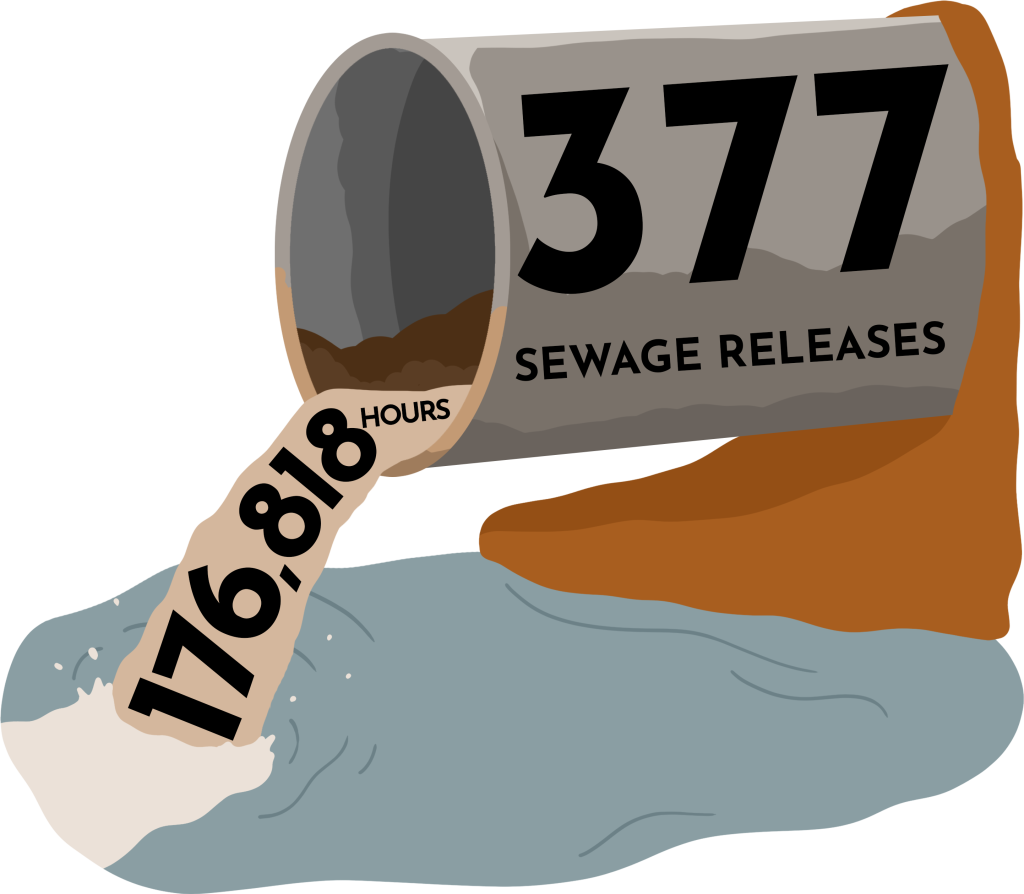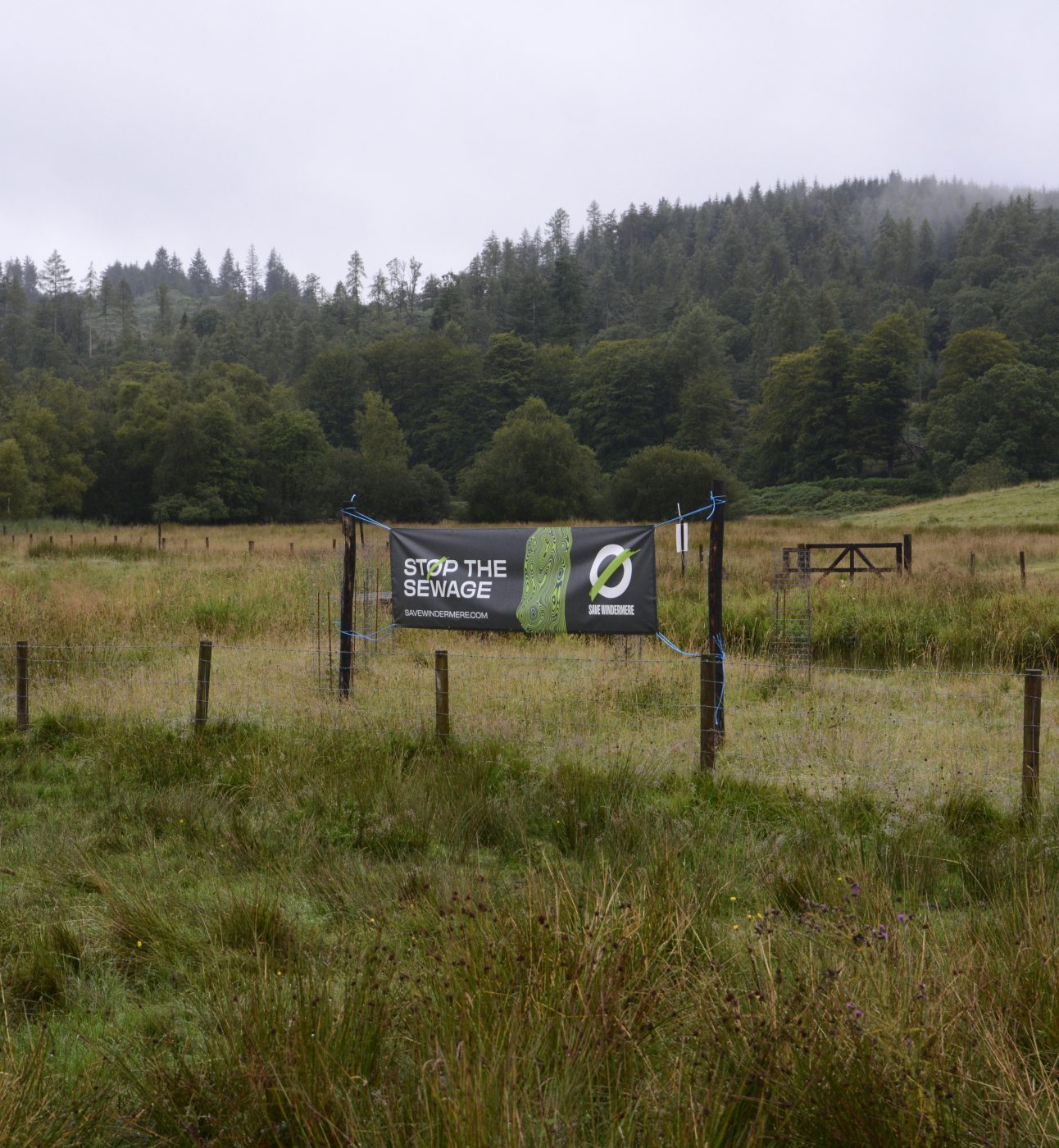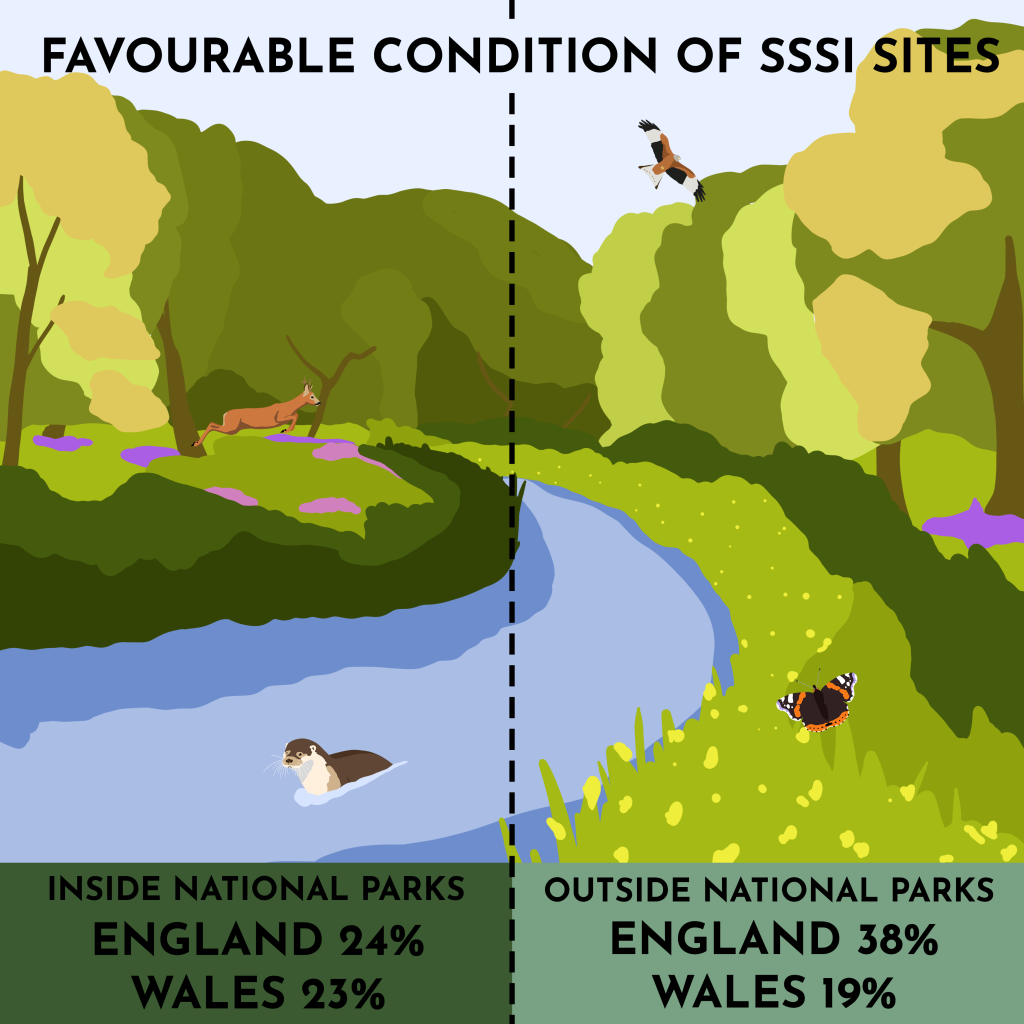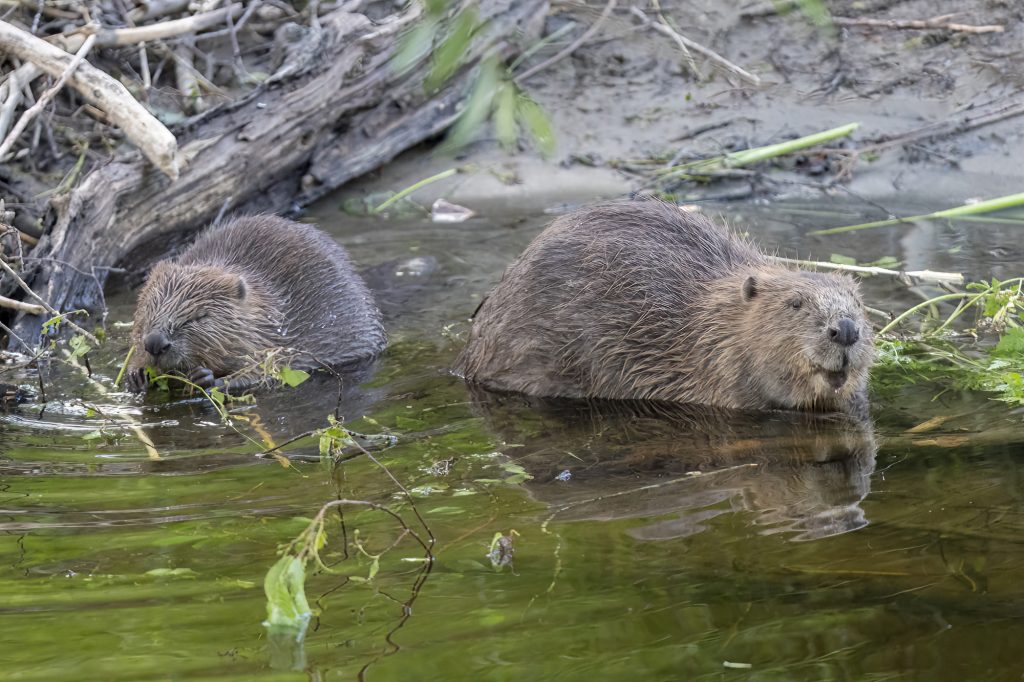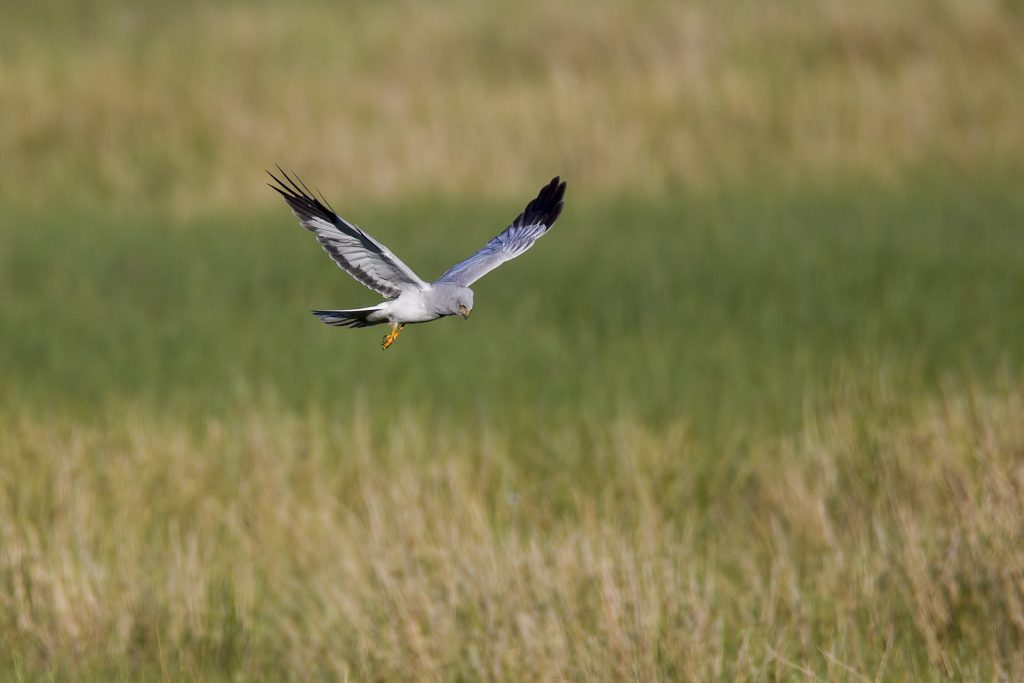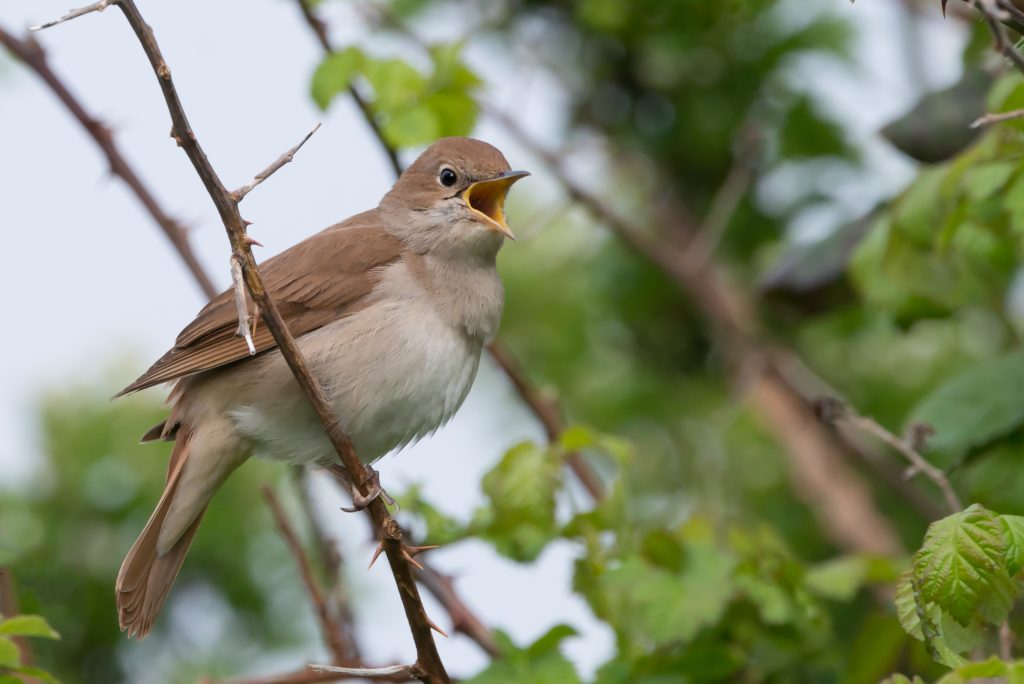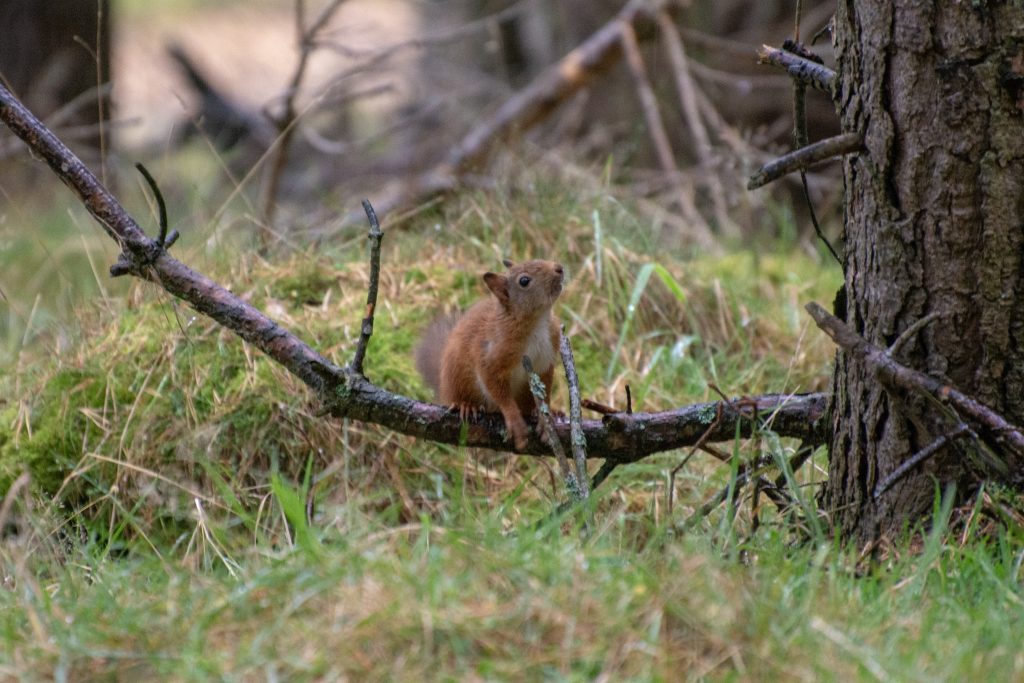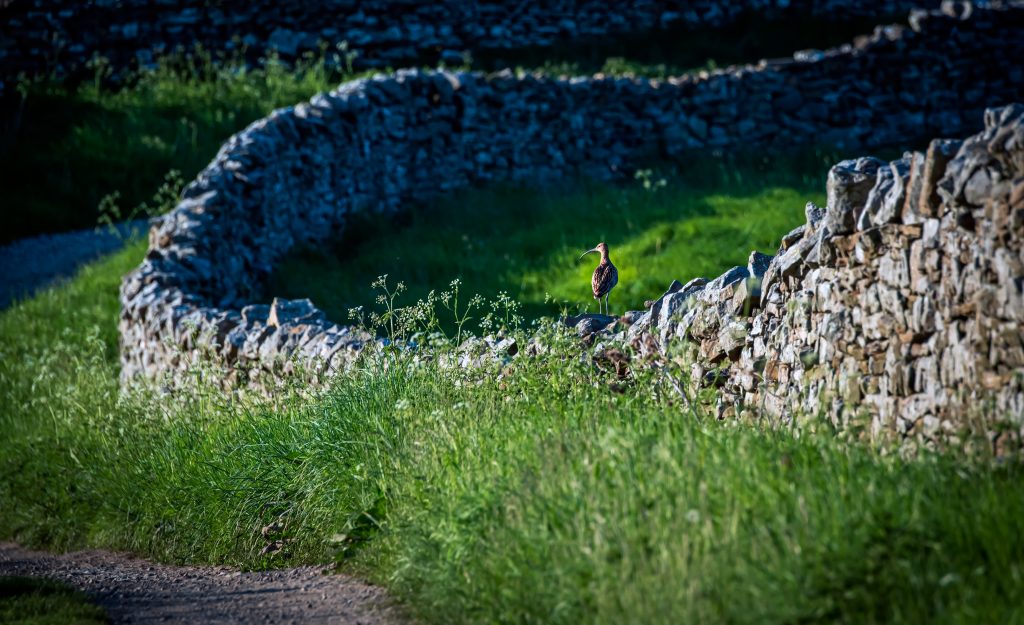Nature is in crisis across the UK.
We’ve carried out a health check of habitats and species in the 13 National Parks of England and Wales. The results are in for National Parks: nature needs a lifeline.
National Parks remain as important to the nation today as they were when they were first conceived 75 years ago. While it is clear that nature in National Parks faces many challenges, just as it does across the UK, these landscapes contain many of the last fragments of priority habitat and the last refuges for many species on the brink of extinction.
Our Health Check report sets out the first full assessment of how well the National Parks of England and Wales are supporting nature’s recovery. It provides evidence of the current situation and identifies the changes needed to policy, legislation and practice in order to secure the step-change in progress that is so urgently needed.
The nature and climate crisis is the biggest threat we have ever faced: globally, nationally and locally. National Parks have the potential to make a significant contribution, especially as wildlife rich landscapes are an essential part of the purposes for which these areas were designated.

